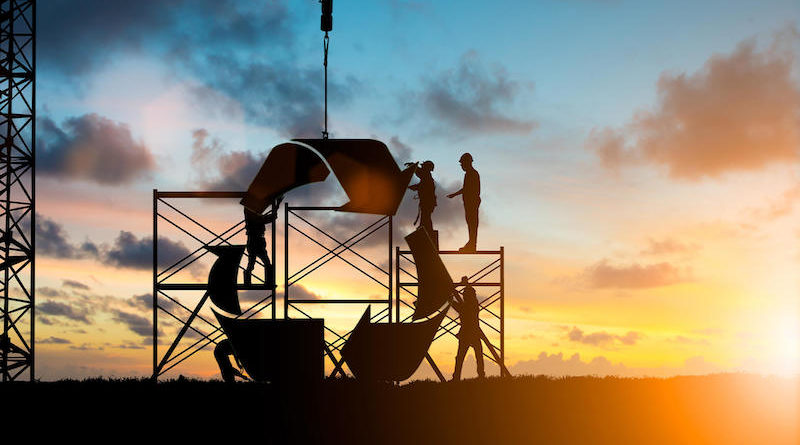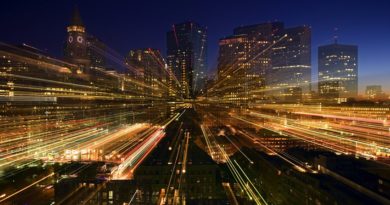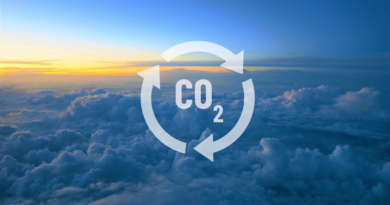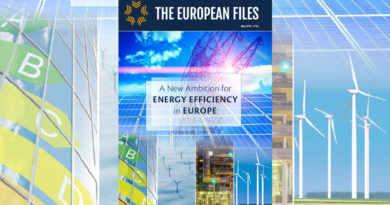
The circular economy, a new economic model to strengthen European resilience and autonomy
The global demand for resources is expected to triple by 2050, including a 70% increase in demand for food, feed and fiber. We already consume some 1.6 planets’ worth of resources every single year, and according to some estimates, we would need three planets full of resources to satisfy our demand by 2050 if we continue with business as usual. There are, however, limits to growth as we only have this one planet.
Besides, the EU is the most dependent continent on imported resources: 40% of all material used in the European Union is imported, and for some strategic resources, the percentage is even higher. Furthermore, this dependency on imported raw materials is highly concentrated. For example, with the growing amount of electric vehicles and energy storage, the demand for lithium is expected to be 60 times higher by 2050.
Almost 90% of European companies expect their material input prices to continue rising, according to a Eurobarometer survey. With raw materials running short, Europe is either going to be hit the hardest by resource scarcity or benefit the most from resource use efficiency.
European economies cannot survive unless we take some radical steps to increase our resource efficiency and move towards a truly circular economy. We have to stop wasting precious resources, keep them within the EU and start using them more efficiently. We have to create closed-loop systems, which can keep the materials within the European boundaries and in its products, which is important both for the supply of critical materials and for the environment.
We need a paradigm change, science based backcastive approach that is future-proof, up to the challenge.
When setting the targets for the future, we need to anticipate this exponential change and set our targets accordingly to halt and reverse it. By 2050, we need to increase our resource efficiency by “factor-10”: learn to create the same well-being with a tenth of the resources we use now. The cost of transition risks and sunk investments will only grow from today.
The target needs to be a sustainable economy and society that works within the planetary boundaries by 2050, which means fully implementing a cascading use of resources, sustainable sourcing, sustainable land use and compensating the land use, a waste hierarchy, creating a closed-loop on non-renewable resources.
Using no emission renewables within the limits of their renewability, phasing out and preventing the accumulation of toxic and harmful substances and doing no harm on the biodiversity.
To achieve this we need investments and public-private partnerships. The transition to a low-carbon and circular growth model is an economic opportunity.
We also need to ensure that the public or private finances do not support sidetracked investments. It is a necessity to ensure that the money is directed to a recovery that is sustainable in the long term. No euro should be spent on unsustainable economic activity or businesses. They need to be truly on the scale of the challenge and capable of solving it. We cannot keep supporting environmentally harmful actions. Otherwise, we will be leaving to future generations both public and climate debt.
Regulation is never neutral. Legislation is one of the essential drivers of the business revolution, as businesses and investors alike need a stable and predictable regulatory environment in order to change.
The upcoming Sustainable Products Initiative and the revision of the Ecodesign Directive is a great opportunity to tackle these challenges. We need to set the ambition level right and it should be based on science and backcasting. This would mean at least 10-fold resource efficiency. We need to set up binding targets, based on harmonized indicators. To achieve this change the focus needs to shift from recycling to “designing out waste” so that the products and packaging placed on the EU market are always upgradable, reusable, repairable and recyclable. This could be done by broadening the scope of the Ecodesign directive.
The message is clear: Spend money wisely, phase out fossil fuel and other environmentally harmful subsidies.




